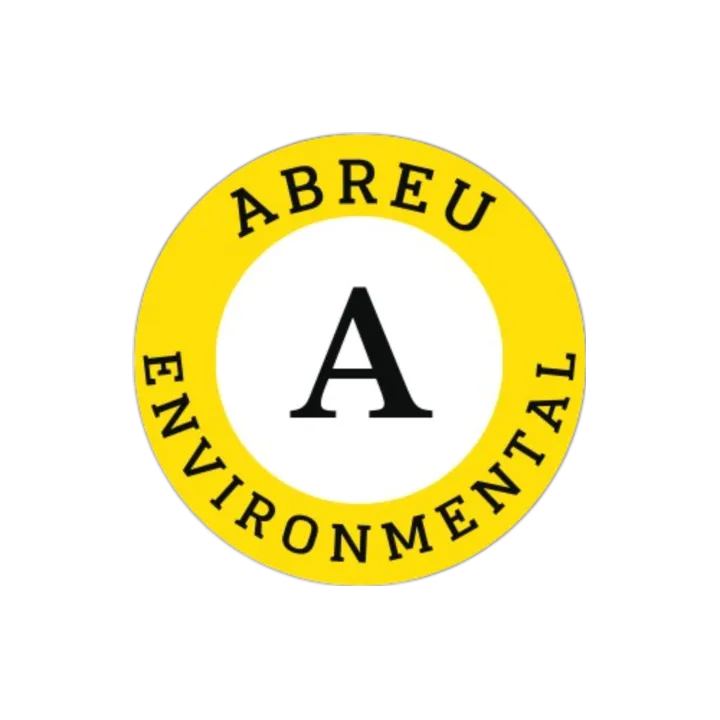Comparison of OSHA and EPA RRP Regulations
OSHA (Occupational Safety and Health Administration) and EPA RRP (Environmental Protection Agency Renovation, Repair, and Painting) are two regulatory bodies in the United States that enforce regulations aimed at protecting workers and the environment. While both agencies have a common goal of ensuring safety and promoting health, there are notable differences in their regulations.
Scope:
OSHA primarily focuses on workplace safety and health, covering a wide range of industries and sectors. Its regulations are designed to protect workers from hazards and promote a safe working environment.
EPA RRP, on the other hand, specifically targets activities related to renovation, repair, and painting in residential properties, aiming to minimize lead-based paint hazards and protect occupants, particularly children, from lead exposure.
Lead-Based Paint:
EPA RRP regulations specifically address the safe handling and containment of lead-based paint during renovation, repair, and painting activities in pre-1978 housing and child-occupied facilities. These regulations require proper training, certification, and safe work practices to prevent lead dust contamination.
OSHA also has regulations related to lead exposure in the workplace, such as the Lead Standard, which establishes permissible exposure limits and requirements for monitoring, respiratory protection, and medical surveillance for workers exposed to lead.
Enforcement:
OSHA enforces its regulations through workplace inspections, investigations, and penalties for non-compliance. It has the authority to issue citations and fines to ensure that employers comply with safety and health standards.
EPA RRP enforces its regulations through a combination of compliance assistance, education, outreach, and enforcement actions. Non-compliance with EPA RRP regulations can result in penalties, including fines and potential liability for damages.
Training and Certification:
OSHA regulations often require specific training and certification for employees to perform certain tasks safely, such as operating heavy machinery or handling hazardous substances.
EPA RRP regulations mandate that contractors and workers involved in renovation, repair, and painting activities in target housing or child-occupied facilities receive EPA-approved training and certification on lead-safe work practices.
Reporting and Recordkeeping:
OSHA regulations require employers to maintain records of work-related injuries, illnesses, and safety-related incidents. Employers may also be required to report severe injuries or fatalities to OSHA.
EPA RRP regulations do not include specific reporting and recordkeeping requirements. However, contractors may be required to provide compliance documentation upon request during EPA inspections.
It's important to note that the above comparison provides a general overview and that specific regulations and requirements may vary. To ensure compliance, it is recommended to consult the official websites of OSHA and EPA RRP or seek professional guidance to understand the most up-to-date regulations and requirements applicable to your particular situation.



